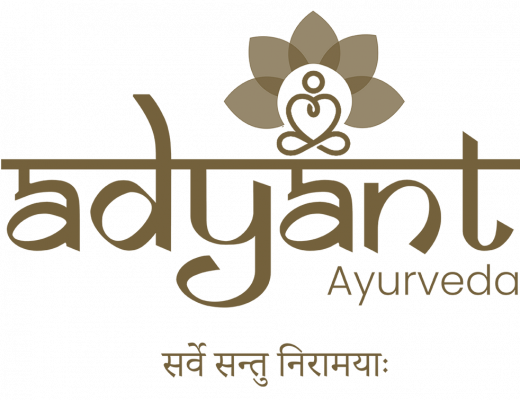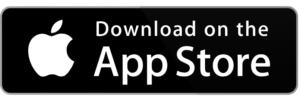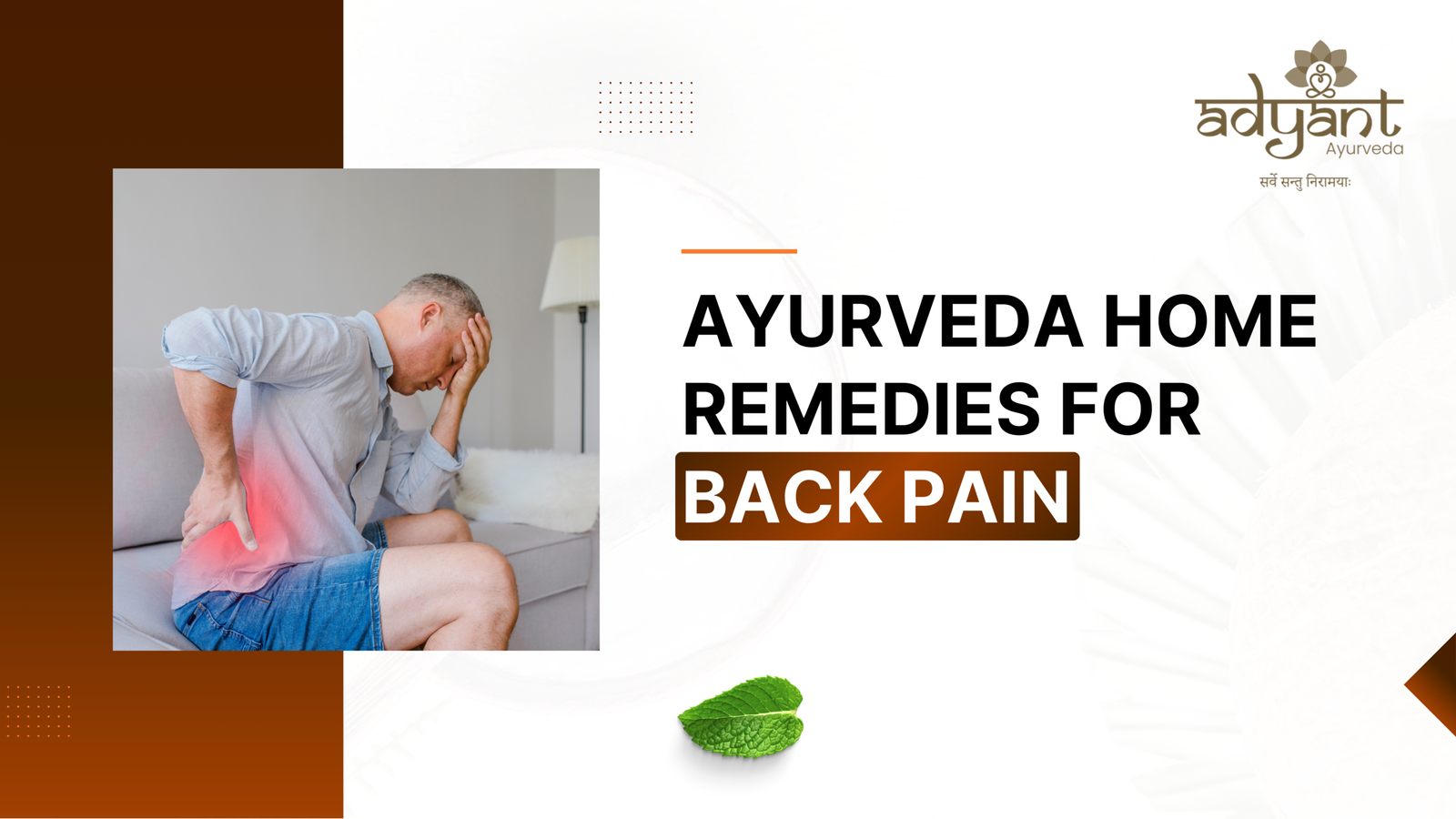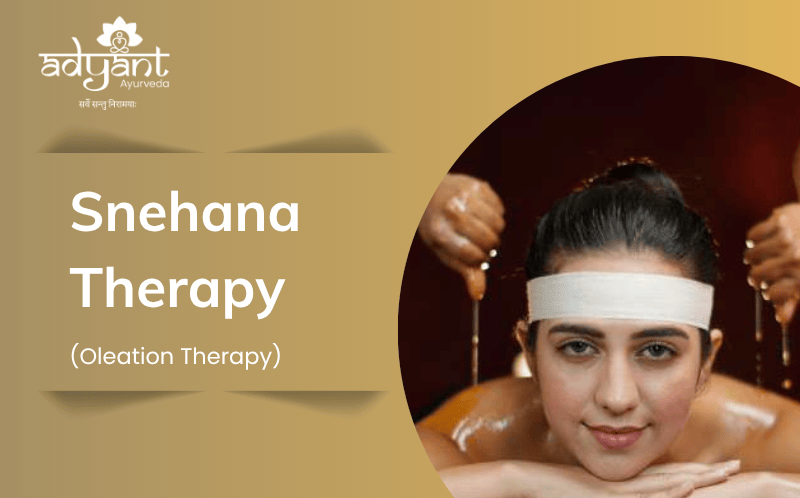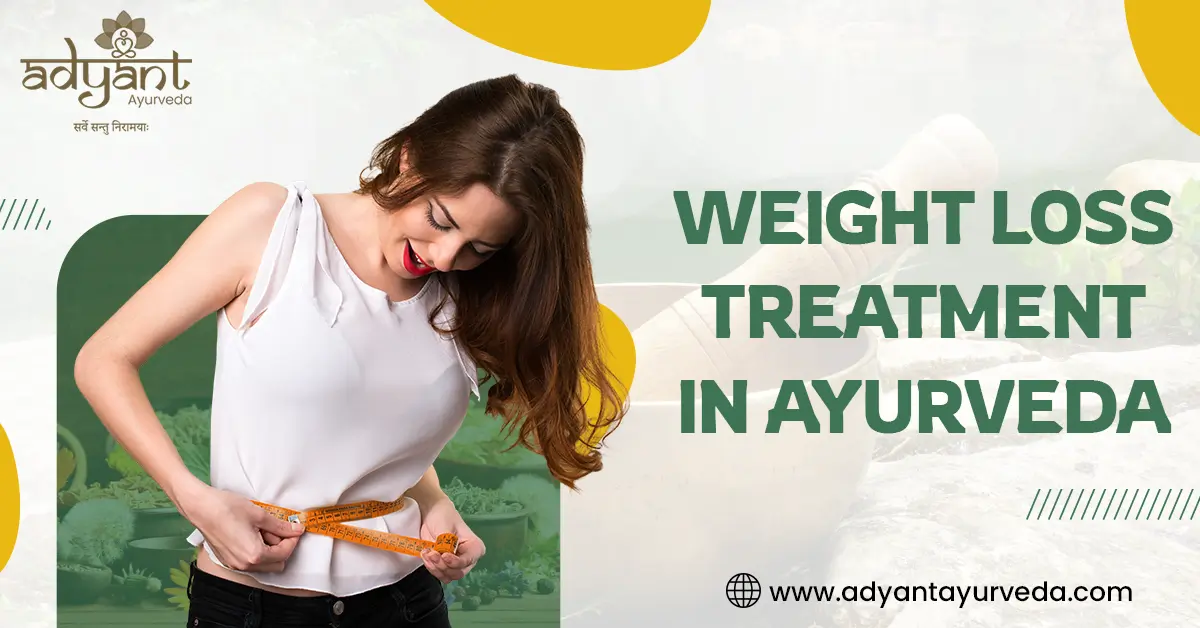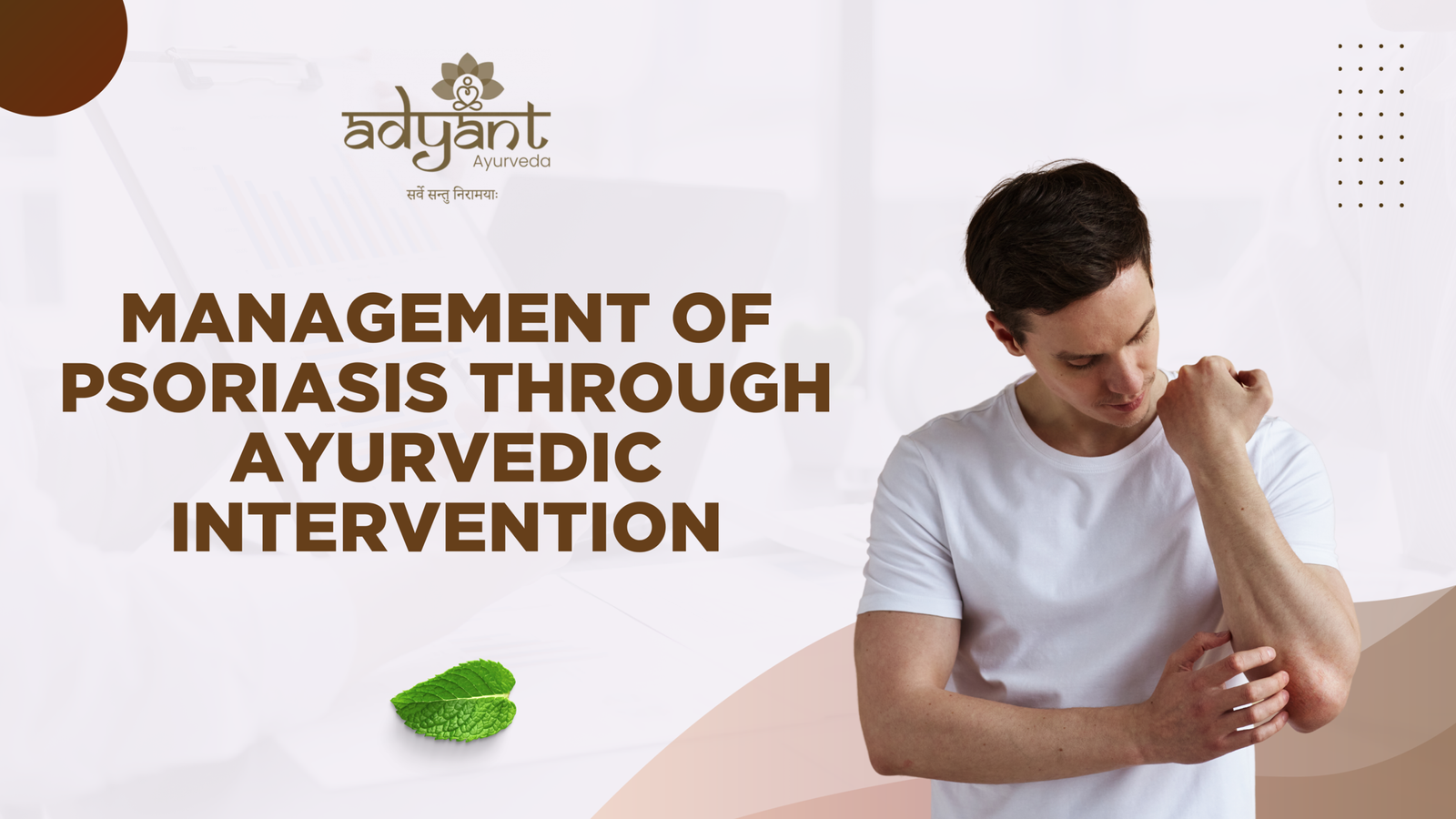Table of Contents
ToggleIntroduction to Stroke
Did you know that every 40 seconds, someone suffers a stroke globally? A stroke is a life-altering condition that requires immediate medical attention and long-term rehabilitation. While modern medicine focuses on emergency intervention, Ayurveda provides a holistic approach to recovery and prevention. Ayurvedic treatments, including Panchakarma, Rasayana therapy, herbal remedies, and dietary modifications, help restore neurological function and prevent recurrence.
This guide explores how Ayurveda can aid stroke recovery, the best Ayurvedic therapies for stroke, and lifestyle practices for optimal brain health.
What is a Stroke?
A stroke occurs when the blood supply to part of the brain is interrupted or reduced, depriving brain tissue of oxygen and nutrients. Within minutes, brain cells begin to die. If not treated immediately, strokes can lead to severe disability or death. Timely recognition and rehabilitation are crucial.
What is a Stroke? – Know the Warning Signs
Before we understand the Ayurvedic approach, it’s crucial to recognize the early signs of stroke:
Sudden numbness or weakness (especially on one side of the body)
Difficulty speaking or understanding speech
Sudden vision changes in one or both eyes
Loss of balance or coordination
Sudden severe headache with no known cause
Types of Stroke
Understanding the type of stroke is vital because Ayurvedic management will vary slightly based on the cause:
Ischemic Stroke: Caused by blockage of blood vessels supplying the brain. Most common type (~85% of strokes).
Hemorrhagic Stroke: Caused by the rupture of a blood vessel leading to bleeding in the brain.
Transient Ischemic Attack (TIA): Often called a “mini-stroke,” symptoms resolve within 24 hours but indicate a high future stroke risk.
Cryptogenic Stroke: A stroke without a known cause.
Brain Stem Stroke: Affects both sides of the body and may impair basic bodily functions.
Root Causes of Stroke
In Ayurveda and modern medicine combined, the root causes of stroke include:
Atherosclerosis (fatty deposits in arteries)
High Blood Pressure (Hypertension) — the primary cause of hemorrhagic strokes
Diabetes Mellitus damages blood vessels
Heart diseases like atrial fibrillation
High Cholesterol
Smoking and Alcohol consumption
Obesity and a sedentary lifestyle
Mental stress and emotional imbalance — highly emphasized in Ayurveda as Manasika Nidana (mental causative factors)
Vata aggravating lifestyle — irregular food habits, staying up late, skipping meals, extreme exertion
In Ayurveda, these causative factors lead to Vata Dosha vitiation, Srotorodha (blockage of channels), and ultimately Pakshaghata (stroke).
Understanding Stroke Warning Signs
Recognizing a stroke early can save lives. The common warning signs are summarized using the acronym FAST:
Face drooping: One side of the face droops or feels numb.
Arm weakness: Sudden weakness or numbness in one arm.
Speech difficulty: Slurred speech, confusion, difficulty understanding.
Time to call emergency services: Immediate action is critical.
Other warning signs include:
Sudden numbness or weakness in the face, arm, or leg, especially on one side of the body
Sudden confusion or trouble speaking
Sudden trouble seeing in one or both eyes
Sudden trouble walking, dizziness, loss of balance, or coordination
Sudden severe headache with no known cause
Stages of Ayurvedic Stroke Recovery
Acute Stage: Focus on stabilizing Vata and reducing inflammation.
Subacute Stage: Begin therapies like Abhyanga, Basti, and mild Swedana.
Chronic Stage: Strengthening and rejuvenation through Rasayana therapy and continued Panchakarma.
Understanding Stroke in Ayurveda (Pakshaghata)
In Ayurveda, stroke is described as Pakshaghata, a condition caused by an aggravated Vata Dosha affecting the brain and nervous system.
Ischemic Stroke is conceptualized as Sanga (obstruction) in the vital channels (Srotas).
Hemorrhagic Stroke is viewed as Vidha (injury/rupture) of the blood-carrying Srotas (Rakta Vaha Srotas).
Causes of Stroke (Pakshaghata) in Ayurveda
Excessive aggravation of Vata Dosha due to irregular diet and stress
Blockage of Srotas (body channels) due to Ama (toxins) accumulation
Mental and emotional factors like fear, grief, anger
Metabolic disorders (e.g., diabetes, hypertension), weakening body tissues
Poor physical activity and sedentary living
Common Disabilities Caused by Stroke
Paralysis or problems with movement
Sensory disturbances, including pain and numbness
Difficulty with language (aphasia)
Cognitive challenges (thinking and memory)
Emotional and psychological disturbances
Stages of Stroke Recovery in Ayurveda
Acute Stage (0–1 Month): Focus: Vata pacification and stabilizing vital functions.
Therapies: Gentle Abhyanga, mild Basti, internal herbs.
Subacute Stage (1–3 Months): Focus: Detoxification, early neuro-muscular stimulation.
Therapies: Full Panchakarma, Pizhichil, Shirodhara, Patrapinda Sweda.
Chronic Stage (>3 Months): Focus: Strengthening, tissue regeneration, Rasayana.
Therapies: Rasayana herbs, yoga, regular Basti, and Rasayana therapy.
Ayurvedic Therapies for Stroke Recovery
1. Panchakarma for Stroke Recovery
Abhyanga (Oil Massage): Improves circulation, nourishes nervous tissues
Swedana (Steam Therapy): Reduces stiffness, enhances mobility
Basti (Medicated Enema): Balances Vata and rejuvenates the colon
Nasya (Nasal Therapy): Stimulates the brain, enhances cognitive function
Virechana (Purgation): Detoxifies the liver and bloodstream
2. External Ayurvedic Therapies
Shirodhara – Warm oil stream therapy to calm the nervous system
Pizhichil – Oil bath treatment improving neuromuscular strength
Kati Basti – Oil pooling therapy on the lower back
Patrapinda Sweda – Herbal bolus therapy reducing pain and stiffness
3. Ayurvedic Herbal Remedies for Stroke
Brahmi (Bacopa Monnieri) – Boosts memory and neuro-regeneration
Ashwagandha – Strengthens nerves and combats stress
Guduchi – Detoxifies and boosts immunity
Shankhapushpi – Enhances cognition and speech
Guggulu – Reduces inflammation and supports vascular health
4. Rasayana Therapy for Stroke
Bala – Strengthens muscles and nerves
Amalaki – Rich in antioxidants; promotes tissue healing
Shatavari – Improves vitality and overall health
Vacha – Supports speech therapy and memory improvement
5. Murdhni Taila Therapies:
Shirobasti: Retaining warm oil on the head using a cap to calm the nervous system.
Shiropichu: Placing an oil-soaked cotton pad on the crown to alleviate Vata.
Shirovasti: Similar to Shirobasti, effective for head-related ailments.
Ayurvedic Medications and Herbs
Ashwagandha (Withania somnifera): Reduces stress and strengthens the nervous system.
Brahmi (Bacopa monnieri): Enhances cognitive functions.
Shankhpushpi (Convolvulus pluricaulis): Calms the mind and promotes clarity.
Yashtimadhu (Licorice): Acts as a nervine tonic.
Dashamoola: Anti-inflammatory and supports nervous health.
Ksheerabala 101 Avarti: Used internally and externally to strengthen nerves.
Ashwagandharishta: A fermented preparation aiding in stress reduction and nerve rejuvenation.
Brahmi Ghrita: A ghee-based formulation enhancing cognitive functions.
Ayurvedic Diet for Stroke Recovery
Foods to Include
Fresh fruits: pomegranate, grapes, apples
Green leafy vegetables: spinach, drumstick leaves
Warm soups and moong dal khichdi
Nuts and seeds: almonds, flaxseeds
Herbal teas: Brahmi, Tulsi
Healthy fats: cow ghee, coconut oil
Foods to Avoid
Fried, packaged, and processed foods
Excess salt, sugar, caffeine
Red meat, heavy dairy
Alcohol, aerated drinks, frozen items
Sample Day Diet Plan for Stroke Recovery
Morning: Warm water + Brahmi tea
Breakfast: Moong dal porridge + fresh fruits
Lunch: Rice + vegetable stew + ghee + buttermilk
Evening: Herbal tea + soaked almonds
Dinner: Light khichdi + sautéed vegetables + turmeric milk
Ayurvedic Lifestyle for Stroke Prevention
Yoga & Pranayama – Enhances brain oxygenation
Meditation – Reduces stress, balances mental doshas
Adequate Sleep – Essential for nerve recovery
Hydration – Warm water or herbal infusions
Mindfulness & Gratitude – Boosts emotional health
Real-Life Recovery Story
“After suffering a left-side stroke, my father was unable to walk or speak. With Ayurvedic therapies like Shirodhara, Abhyanga, and Vasti at Adyant Ayurveda, along with daily physiotherapy, he regained 60% movement within 3 months. We are still continuing the treatment and see progress every day!” — Aarti B.
Conclusion
Ayurveda provides a comprehensive and time-tested path to stroke recovery. It doesn’t just treat symptoms—it heals the root causes, strengthens the nervous system, and prevents recurrence. With personalized therapies like Panchakarma, Rasayana, and herbal support, stroke patients can regain independence and improve quality of life naturally.
FAQs About Ayurvedic Stroke Treatment
Can Ayurveda completely cure stroke? Ayurveda may not “cure” stroke like modern emergency medicine, but it offers remarkable improvements in motor skills, coordination, speech, and quality of life through natural therapies.
How long does Ayurvedic stroke recovery take? Depending on the severity, 3 to 6 months of consistent Ayurvedic therapy generally shows significant recovery.
Which Ayurvedic therapy is best for paralysis? Combining Panchakarma (especially Abhyanga, Pizhichil, Basti), Rasayana therapy, and herbal formulations like Brahmi and Ashwagandha is highly effective.
